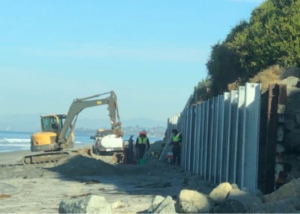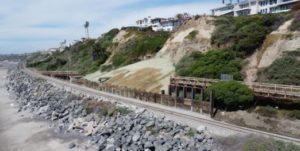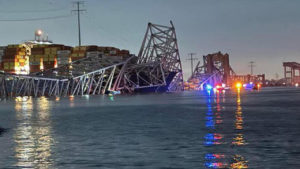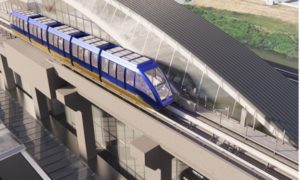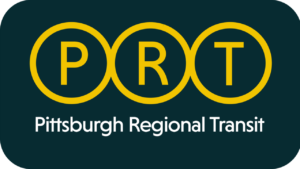Ties on I-90 Bridge Must Be Rebuilt for Sound Transit Service
Written by Kyra Senese, Managing Editor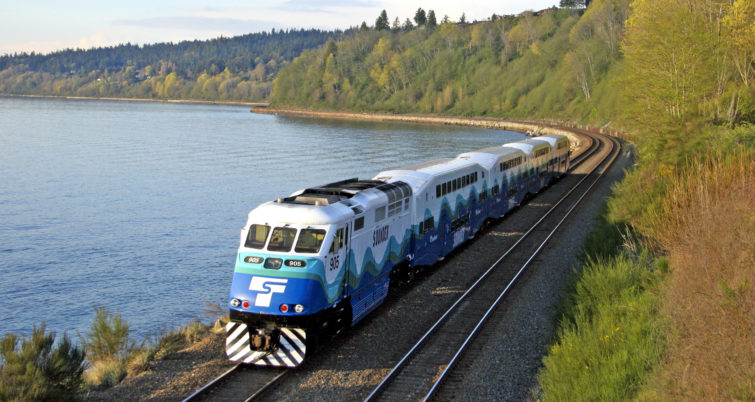
Crews have been working in the former express lanes of Interstate 90 for a couple of years now, attempting to repair faulty track supports along Sound Transit's future light-rail extension.
Workers have changed tactics after multiple attempts to adjust and fix these pieces, a local news report said. Contractors will now rebuild the nearly 5,500 concrete blocks known as plinths, potentially putting Sound Transit’s goal of starting train service across Lake Washington in the spring of 2025 in jeopardy. Long stretches of the deck have been stripped to bare pavement, and tents have been put in place to protect the new components from the elements.
The Kiewit-Hoffman joint venture’s second effort covers a four-mile area of Seattle and Mercer Island on decks where freeway structures run above ground.
According to Sound Transit, the contractor team decided in late September, following mortar failures and a forensic investigation, that the best option is to start over. Deputy CEO Kimberly Farley said more than half of the plinths were demolished and some rebuilding began last fall.
After plinth issues thwarted attempts to complete the entire Eastside corridor, also known as the 2 Line, by mid-2023 and then by spring 2024, Sound Transit set a grand opening date of 2025.
The original plinths are nearly demolished, and track rebuilding will soon expand to six work zones, according to a staff update to the board on April 13.
Contractors increased their workforce in April, and Sound Transit’s managers have maintained daily contact, according to Ron Lewis, executive director for design, engineering, and construction management.
Lewis also stated that track rebuilding has taken longer than expected, and that unless the pace picks up immediately, Sound Transit will surpass the planned grand opening deadline.
Project managers said they became aware of plinth issues in 2019, such as too much or too little steel rebar near the concrete surfaces, some voids, or plinths that were not tall enough. After attempting adjustments such as mortar patches and surface grinding, officials revealed the schedule concerns in April of 2022.
These 5,455 plinths rest on I-90’s fixed, mostly overland deck spans. A second, less-complicated issue involves structurally sound precast concrete blocks on the floating bridge that require new, stronger nylon bolt inserts where the rails are fastened. A third type of track tie is managing fine, with concrete blocks nestled within gravel ballast, the report said.
“Our construction contractor has been working with us to resolve these issues,” Sound Transit chief of staff Brooke Belman said during the summer months of 2022.
As of press time, it was not yet clear how much a potential project overrun might impact total expenses. However, the board approved a potential $14 million contract increase last month to compensate for the nylon-fastener issue. The causes of this flaw are still being looked into. This brings the I-90 segment construction contract from Seattle to South Bellevue to $736 million. Another $17 million has been approved for Jacobs Project Management to continue consulting on the I-90 segment construction.

